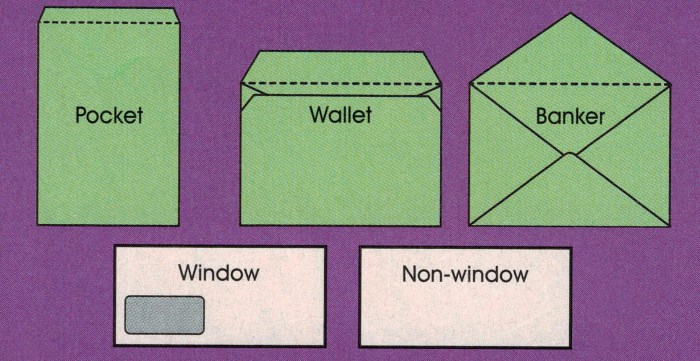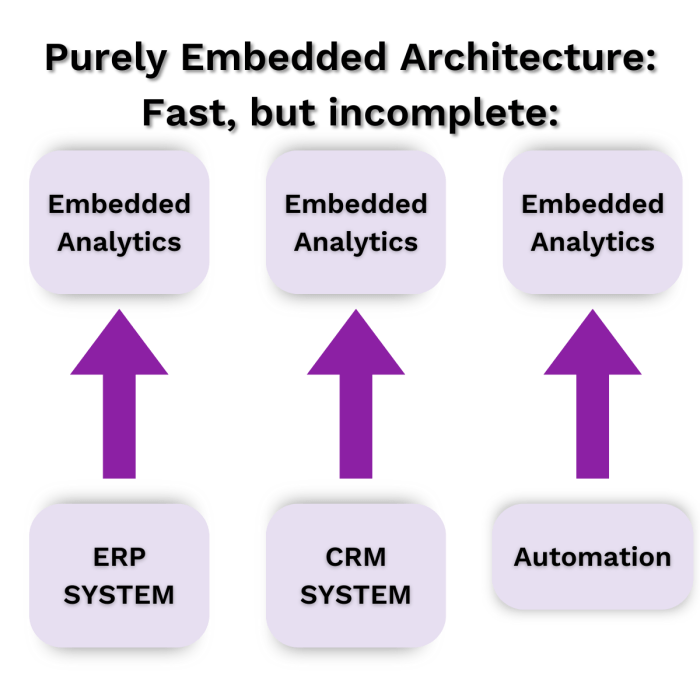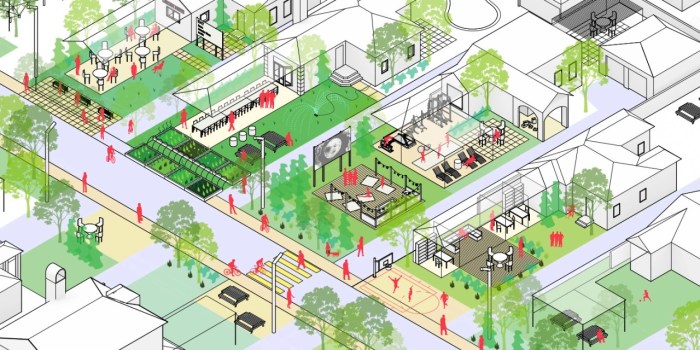Exploring Brodskys Approach to Building Envelope Tectonics
Delving into the realm of Brodsky’s Approach to Building Envelope Tectonics, readers are invited to uncover a unique perspective that challenges traditional building design norms. This topic promises to offer a fresh take on architectural innovation and the fusion of structure and envelope elements.
The following paragraphs will delve into the intricacies of Brodsky’s Approach, shedding light on its key components and highlighting its impact on contemporary architectural practices.
Brodsky’s Approach Overview

Brodsky’s concept of building envelope tectonics focuses on the integration of structural, functional, and aesthetic elements into the design of a building's envelope. This approach considers the building envelope as a crucial element that not only protects the interior but also contributes to the overall architectural expression.Traditional building design often separates the structural, functional, and aesthetic aspects of a building, leading to disconnected and sometimes inefficient designs.
In contrast, Brodsky's approach emphasizes the holistic integration of these elements, creating a cohesive and harmonious architectural expression.Focusing on the building envelope in architectural design is significant as it serves as the interface between the interior and exterior environments. By prioritizing the design of the envelope, architects can enhance energy efficiency, natural lighting, ventilation, and overall occupant comfort.
Additionally, a well-designed building envelope can contribute to the visual identity and character of a structure, making it a key element in architectural design.
Integration of Structure and Envelope
Integrating structural elements with the building envelope is a crucial aspect of Brodsky's approach to architecture. By considering both the structural integrity and design of the envelope as interconnected elements, Brodsky achieves a harmonious and functional architectural outcome.
Relationship between Structural Integrity and Envelope Design
When it comes to Brodsky's approach, the relationship between structural integrity and envelope design is seamless. The structural elements are not only essential for supporting the building but also play a significant role in shaping the overall form and aesthetic of the envelope.
The envelope design, in turn, responds to the structural requirements, creating a cohesive and balanced architectural composition.
- Structural elements such as columns, beams, and load-bearing walls are strategically incorporated into the building envelope, blurring the lines between structure and design.
- The envelope design is influenced by the structural layout, with considerations for load distribution, material properties, and construction methods.
- By integrating structure and envelope, Brodsky achieves a holistic approach to architecture where both elements complement each other to enhance the overall functionality and visual appeal of the building.
Material Selection and Performance

When it comes to Brodsky's approach to building envelope tectonics, material selection plays a crucial role in the overall design and performance of the structure
Material Selection in Building Envelope
One of the key aspects of Brodsky's approach is the meticulous selection of materials for the building envelope. This includes considering factors such as durability, insulation properties, maintenance requirements, and visual appearance. By carefully evaluating each material's characteristics, Brodsky ensures that the building envelope meets both aesthetic and functional requirements.
Material Performance in Design
Material performance is critical in the design of the building envelope as it directly impacts the structure's energy efficiency, longevity, and overall performance. Brodsky integrates high-performance materials that offer thermal insulation, weather resistance, and structural integrity to enhance the building's overall functionality and sustainability.
Role of Sustainability and Durability
In Brodsky's approach, material sustainability and durability are paramount considerations in the design of the building envelope. By choosing eco-friendly materials with long life cycles, Brodsky ensures that the building envelope not only reduces its environmental impact but also minimizes maintenance and replacement costs over time.
This emphasis on sustainability and durability aligns with Brodsky's commitment to creating sustainable and long-lasting architectural solutions.
Environmental Considerations

Brodsky's Approach to Building Envelope Tectonics places a strong emphasis on addressing environmental concerns in building envelope design. This approach integrates principles of energy efficiency and sustainability to create environmentally conscious architectural solutions.
Energy Efficiency and Sustainability
In Brodsky's approach, energy efficiency is a key consideration in the design of building envelopes. By strategically selecting materials and incorporating passive design strategies, such as natural ventilation and daylighting, Brodsky aims to reduce the energy consumption of buildings. This not only helps minimize the environmental impact of the structures but also contributes to long-term cost savings for the occupants.
Integration of Nature and Built Environment
Brodsky's approach also focuses on creating a harmonious relationship between the built environment and nature. By carefully considering the site context, climate, and local ecology, the building envelopes are designed to minimize disruption to the natural surroundings. This integration of nature not only enhances the aesthetic appeal of the structures but also promotes a sustainable approach to architecture.
Material Selection for Sustainability
Another important aspect of Brodsky's approach is the selection of materials with sustainable attributes. By choosing environmentally friendly materials with low embodied energy and high durability, Brodsky ensures that the building envelopes have a minimal impact on the environment throughout their lifecycle.
This conscious material selection contributes to the overall sustainability of the architectural solutions developed through Brodsky's approach.
Wrap-Up
In conclusion, Brodsky’s Approach to Building Envelope Tectonics emerges as a groundbreaking methodology that not only prioritizes environmental consciousness but also redefines the very essence of architectural design. With a focus on material selection, structural integration, and environmental considerations, this approach sets a new standard for sustainable and forward-thinking construction practices.
FAQ Resource
How does Brodsky’s concept of building envelope tectonics differ from traditional building design?
Brodsky’s approach emphasizes the interconnectedness of structure and envelope elements, prioritizing a holistic design perspective rather than treating them as separate entities.
What role does material sustainability play in Brodsky’s approach to envelope tectonics?
Material sustainability is a crucial aspect of Brodsky’s methodology, influencing material selection and design decisions to ensure long-term environmental impact is minimized.
Why is the integration of structural elements with the building envelope significant in Brodsky’s approach?
Integrating structure with the envelope enhances structural integrity and allows for a more cohesive and efficient design that optimizes both aesthetics and functionality.



